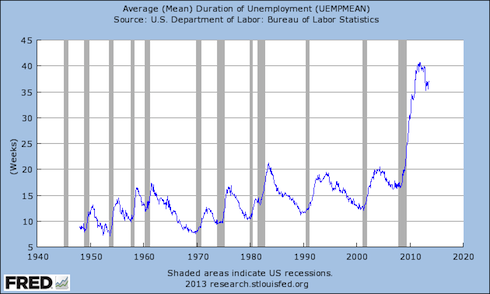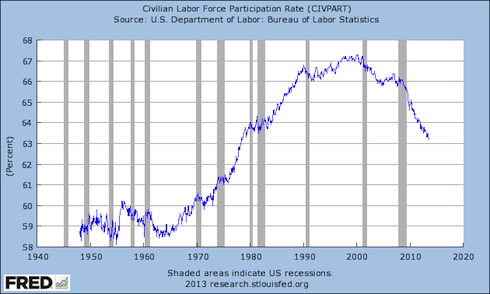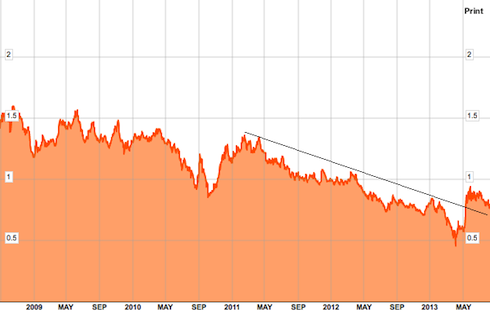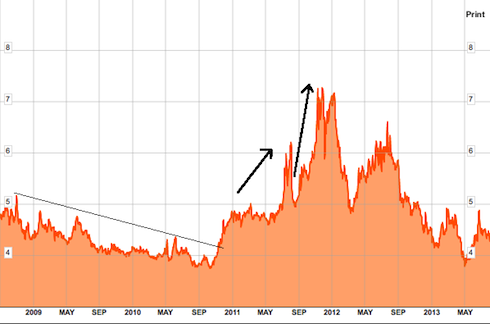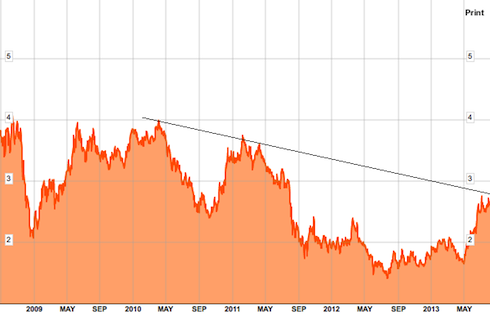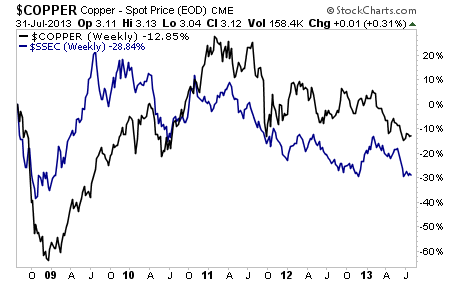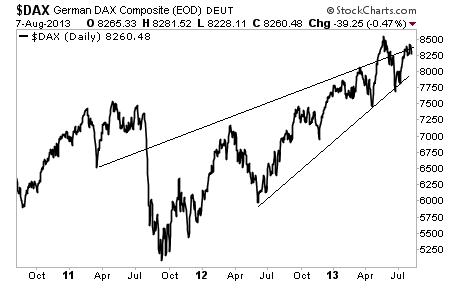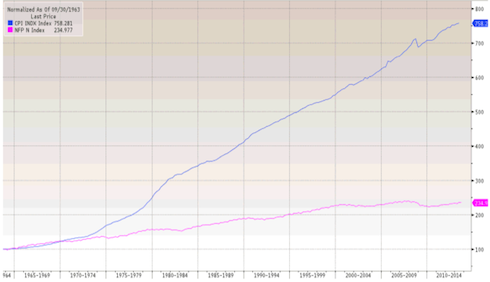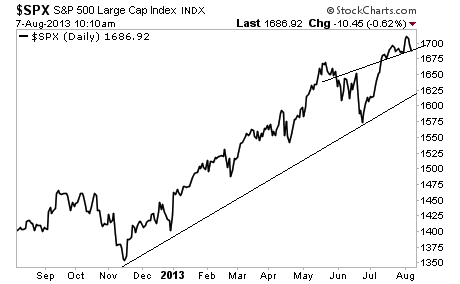Our new value focused investing newsletter is officially live.
Why did we create this newsletter?
First and foremost, you need to know that few if any investors actually beat the market in the long-term. The reason for this is that most of the investment strategies employed by investors (professional or amateur) simply do not make money in the long run.
I know this runs counter to the claims of the entire financial services industry. But it is factually correct.
In 2012, the S&P 500 roared up 16% including dividends. During that period, less than 40% of fund managers beat the market. Most investors could have simply invested in an index fund, paid less in fees, and done better.
If you spread out performance over the last two years (2011 and 2012) the results are even worsen with only 10% of funds beating the market.
If we stretch back even further, the results are even more dismal. For the ten years ended 1Q 2013, a mere 0.4% of mutual funds have beaten the market.
0.4%, as in less than half of one percent of funds.
These are investment “professionals,” folks whose jobs depend on producing gains, who cannot beat the market for any significant period.
The reason this fact is not better known is because the mutual fund industry usually closes its losing funds or merges them with other, better performing funds.
As a result, the mutual fund industry in general experiences a tremendous survivor bias. But the cold hard fact what I told you earlier: less than half of one percent of fund managers outperform the market over a ten-year period.
So how does one beat the market?
Cigar Butts and Moats.
“Cigar butts” was a term used by the father of value investing, Benjamin Graham, to describe investing in companies that trade at significant discounts to their underlying values. Graham likened these companies to old, used cigar butts that had been discarded, but which had just one more puff left in them.
Like discarded cigar butts, these investments were essentially “free”: investors had discarded them based on the perception that they had no value.
However, many of these cigar butts do in fact have on last puff in them. And for a shrewd investor like Benjamin Graham, that last puff was the profit potential obtained by acquiring these companies at prices below their intrinsic value (below the value of the companies assets plus cash, minus its liabilities).
Graham used a lot of diversification, investing in hundreds of “cigar butts” to produce average annual gains of 20%, far outpacing the S&P 500’s 12.2% per year over the same time period.
So when I say that you can amass a fortune by investing in Cigar Butts, I’m not being facetious. For this reason, cigar butts, or deeply undervalued companies, will be a focus of this newsletter. And like Benjamin Graham, we’ll only be holding these companies in the short-term: until they reach their intrinsic value.
The other term, “moats” is in reference to the investments Warren Buffett, a student of Ben Graham and arguably the greatest living investor, seeks out…
Buffett amassed his enormous fortune through a systematic investment philosophy consisting of a few key ideas. However, the single most important one was buying companies with “moats” around them meaning that they have a competitive advantage that stops competitors from breaking into their market share.
Our new newsletter Cigar Butts & Moats focuses exclusively on these two types of investments. We only invest in deeply undervalued “cigar butts” or companies with economic “moats” around them.
Of our two most recommendations, one is a classic “cigar butt” an asset rich company trading at a 16% discount to its book value.
Even better it currently yields an amazing 10%+ per year.
Our other recent recommendation is a classic “moat” company. This company’s IP is so valuable that one of its biggest competitors is paying it nearly $1 billion just to get access to some of its patents.
Even better, based on its current valuation, this company is so cheap that it could easily take itself private. This is a classic Buffett investment setup. We’re already up 7% here in one month and I expect this company to generate some serious returns over the long-term.
To find out what these companies are all you need to do is take out an annual subscription to Cigar Butts & Moats.
The price of an annual subscription is just $79.99.
For that price you get:
* 12 monthly issues of Cigar Butts & Moats
* All of our Special Investment Reports outlining special investment opportunities you won’t hear about anywhere else.
* Real time investment updates as needed
All of this for just $79.99
To take out an annual subscription to Cigar Butts & Moats…
Click Here Now!
Yours in Profits,
Graham Summers
Editor
Cigar Butts and Moats



